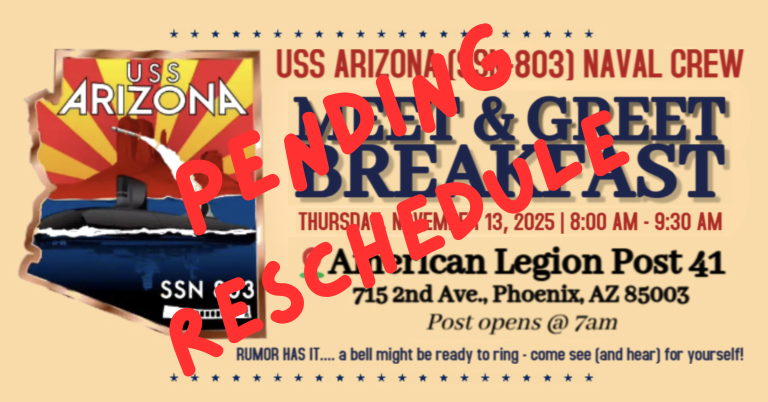
American Legion Leaders,
National Commander Paul E. Dillard’s response to a Sept. 24th Wall Street Journal piece was published in today’s edition. Below is that response.For reference, I have included the piece by editorialist Faith Bottum, as well. And, attached, is the 1971 article.
V/R,
John Raughter
The American Legion Isn’t Going Anywhere
Predictions of the veterans organization’s demise have been off before.
The Sept. 24 op-ed by Faith Bottum (“Old Veterans Organizations Are Fading Away”) is eerily similar to another Journal article: “American Legion, Once Civic and Social Power is Slowly Fading Away” by reporter P.F. Kluge. “The old members are dying off and the young ones aren’t interested,” says a veteran quoted in Mr. Kluge’s piece. “Younger veterans simply don’t join clubs the way older generations did,” writes Ms. Bottum.
I must have been one of the veterans that Mr. Kluge believed wasn’t interested. You see, his piece was published on May 19, 1971. More than 50 years later, the American Legion is still here and it is still the largest veterans organization in the country. In recent years, the American Legion has been the lead organization responsible for the passage of the Post-9/11 GI Bill, the VA Mission Act and the Veteran Appeals Improvement and Modernization Act. In fiscal year 2020, our corps of more than 3,000 service officers and representatives across the nation was responsible for obtaining more than $14.25 billion in compensation benefits earned by veterans and their families.
The 2016 Democratic and Republican nominees for president must not have believed we were fading away when they both chose to attend our national convention and address our delegates in the middle of a busy campaign season.
There are more than twice as many American Legion posts in the U.S. today as there are Walmarts. The Journal was wrong 50 years ago and is off base today.
PAUL E. DILLARD
Indianapolis
Mr. Dillard is national commander of the American Legion.
Old Veterans Organizations Are Fading Away
Soldiers, sailors, airmen and Marines don’t join the VFW and American Legion like they used to.
By Faith Bottum
Sept. 23, 2021 1:28 pm ET
TEXT
An honor guard member plays taps on a bugle during a Memorial Day Service in Grove, Ohio, May 31.
PHOTO: STEPHEN ZENNER/ZUMA PRESS
Listen to article
Length5 minutes
Peggy Randle is 85 and lives alone with her cat, Max, in Boulder City, Nev. She also fires rifles at veterans’ funerals. A nurse in the Navy during the Vietnam War, Ms. Randle belongs to the Veterans of Foreign Wars and other organizations that help provide military honors when soldiers, sailors, airmen and Marines are laid to rest.
“The cat isn’t much of a conversationalist,” she says, “and I still have something to give. I can still stand up there and fire that M1. I can still help with the 13 flag-fold. I can still do all of those things, and I’m going to do them as long as I can.”
Veterans across the country report the same experience: declining membership in the VFW and American Legion, and the difficulty putting together honor guards for funerals. The VFW had its origin in 1899 gatherings of veterans of the Spanish-American War. The American Legion began after World War I, at a 1919 meeting in Paris. Both started as essentially interest groups but quickly grew into vast national networks of local social clubs.
Those clubs would host civic programs such as essay contests, Friday fish fries and scholarships for veterans’ children. The American Legion’s summer baseball program was once so extensive that few high schools bothered to organize their own teams, and more than 3,400 local teams are still active today.




